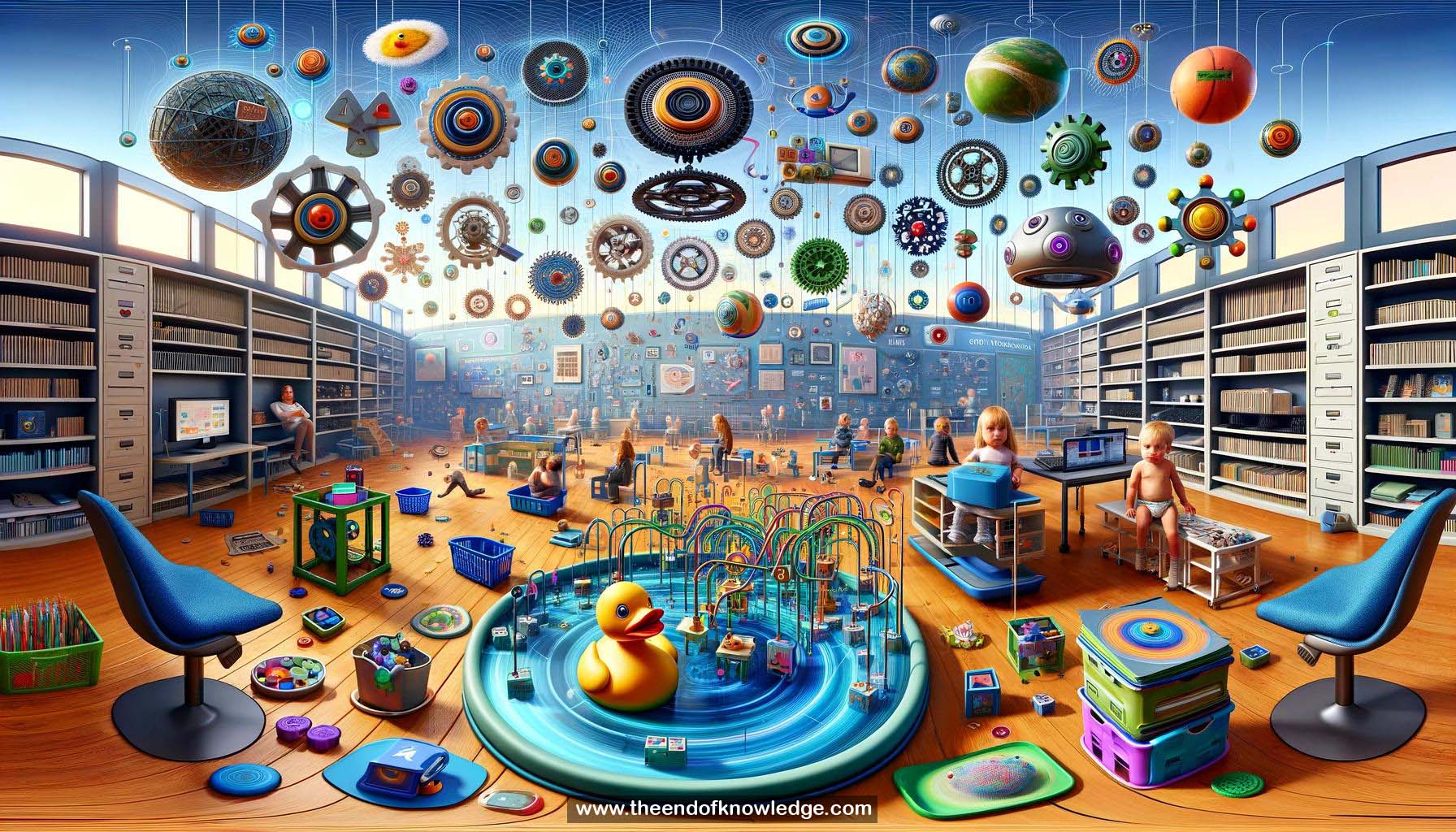 >
>
Concept Graph & Resume using Claude 3 Opus | Chat GPT4o | Llama 3:
Resume:
1.- Three-layer model for infant learning: object-file system, physical-reasoning system, ecological system.
2.- Object-file system represents each object's identity and spatiotemporal information.
3.- Physical-reasoning system represents causal interactions between objects.
4.- Infants can detect interaction violations with primitive event representations.
5.- Feature identification allows infants to detect more subtle violations.
6.- Generalization applies identified features across examples within an event category.
7.- Infants use learned information to guide their actions.
8.- Identified features are recruited from object-file to physical-reasoning system.
9.- Infants assign event roles to objects based on spatial relations.
10.- Height is identified as relevant for occlusion and covering events at different ages.
11.- Features generalize within, but not across, event categories.
12.- Explanation-Based Learning (EBL) forms event categories and identifies relevant features.
13.- EBL involves a trigger, feature-outcome mapping, causal explanation, and verification.
14.- Contrastive outcomes in examples trigger EBL.
15.- Multiple diverse examples support the EBL process.
16.- Ecological system enables contextual framing of events.
17.- Contextual framing affects perception, interpretation, and interaction with events.
18.- Cultural context influences learning in early childhood.
19.- Ecology includes individual, interpersonal, and cultural aspects of learning history.
20.- Contextual framing can shift boundaries of event categories.
21.- Priming can lead infants to prioritize certain features.
22.- Infants consider a person's history of behaviors in social events.
23.- Strong history of behaviors influences infants' expectations of future actions.
24.- Infants learn new patterns efficiently through EBL.
25.- Early learning is powerful within, but limited across, event categories.
26.- Learning is contextually sensitive from early infancy.
27.- Infants attend to contextual cues and histories to guide learning.
28.- Research conducted in collaboration with Renee Baillargeon and C.J. Chiu.
29.- Studies supported by NSF, Spencer Foundation, and UCSC.
30.- Participating families generously contributed to the research.
Knowledge Vault built byDavid Vivancos 2024